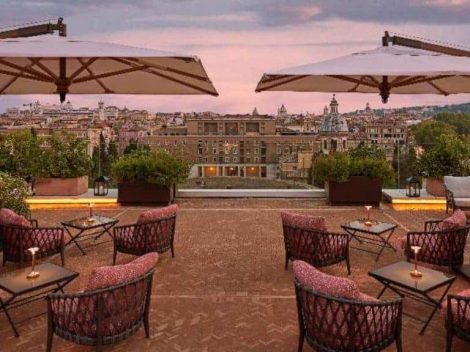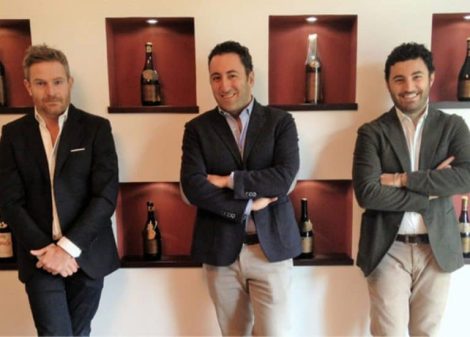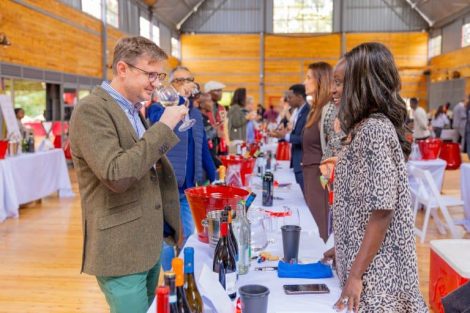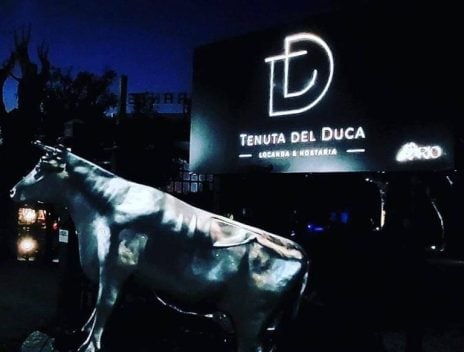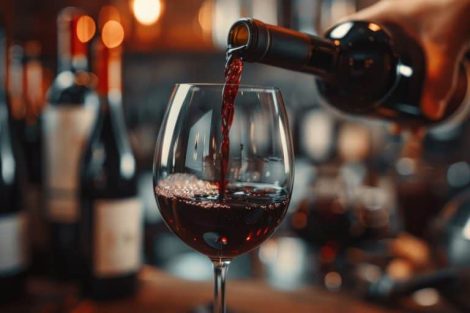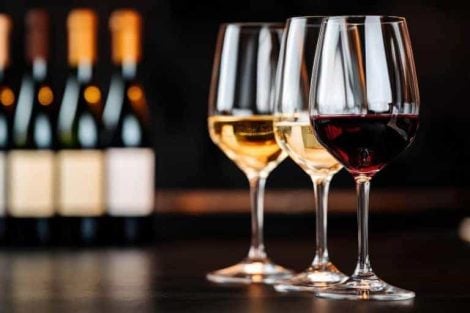The cameras of Report ( one of the programme that made history in the field of investigative journalism on Italian TV) have turned to Pantelleria. At the centre of the investigation I Furbi del Passito (The Tricksters of Passito) is the question: is Donnafugata’s Ben Ryé truly a Passito di Pantelleria DOC? According to the programme, the grape drying method used by Antonio Rallo’s winery may not follow tradition, as it allegedly takes place inside structures that Report defines as greenhouses—structures not permitted by the production regulations and capable of raising the temperature to 50–60°C, compared to the approximately 30°C of ambient temperature. That said, it’s worth pointing out that the production regulations, in Article 5, mention "sun drying with the possibility of protecting the grapes from possible bad weather," leaving room for different interpretations. However, the real question is: how is Passito di Pantelleria actually made?
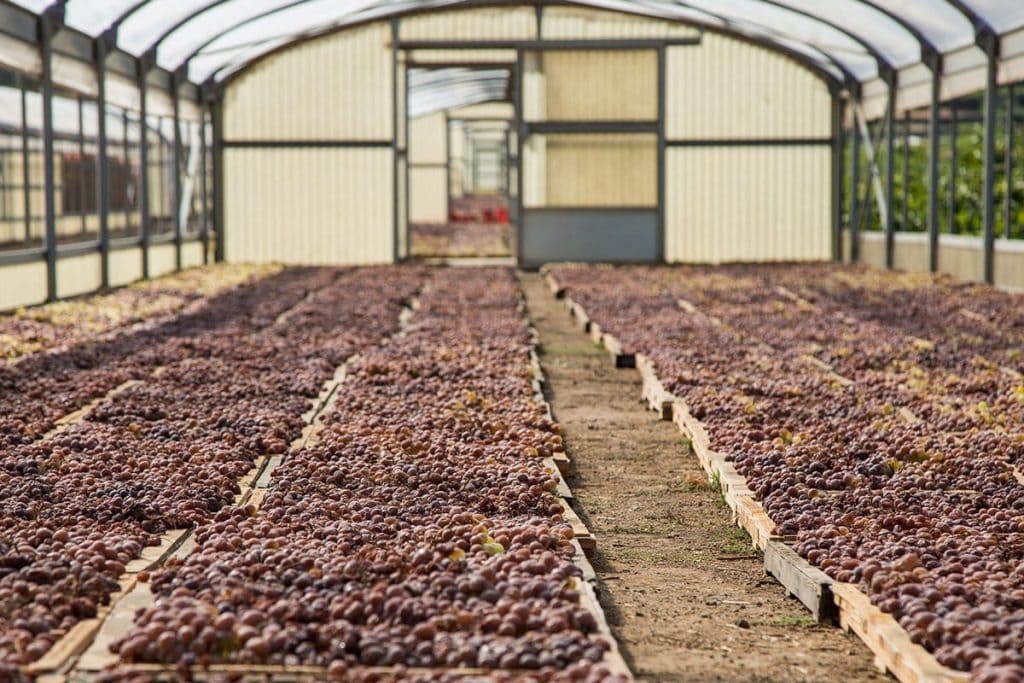
Zibibbo and sun drying
Moscato d’Alessandria, more commonly known as zibibbo, is the grape variety that defines the viticultural identity of Pantelleria. Widely grown by the 19th century, it became dominant in the 20th century when improved commercial relations with Sicily encouraged its cultivation. Initially intended for sale as a table grape, zibibbo found its true expression when drying and winemaking techniques were refined, leading to a passito of incredible complexity.
Production begins with hand-harvesting in the first half of August, selecting only the healthiest, ripest bunches. The drying process traditionally takes place on raised racks—called stenditoi or stinnituri in the local dialect, where figs and tomatoes are also dried—at ambient temperature (still very high on the island in September). This process lasts from 15 to 30 days, until the grapes reach optimal sugar concentration and lose about 75% of their weight. During this time, they are manually turned to ensure even drying and prevent unwanted fermentation.
At this point, the dried grapes are hand-destemmed and added to the must obtained from fresh grapes harvested in the same vintage. Fermentation can last between 30 and 60 days, depending on the sugar level of the grapes. This is followed by an ageing period that varies according to the winery’s philosophy: some prefer stainless steel, others wood, while some allow the wine to mature for years before releasing it to the market.
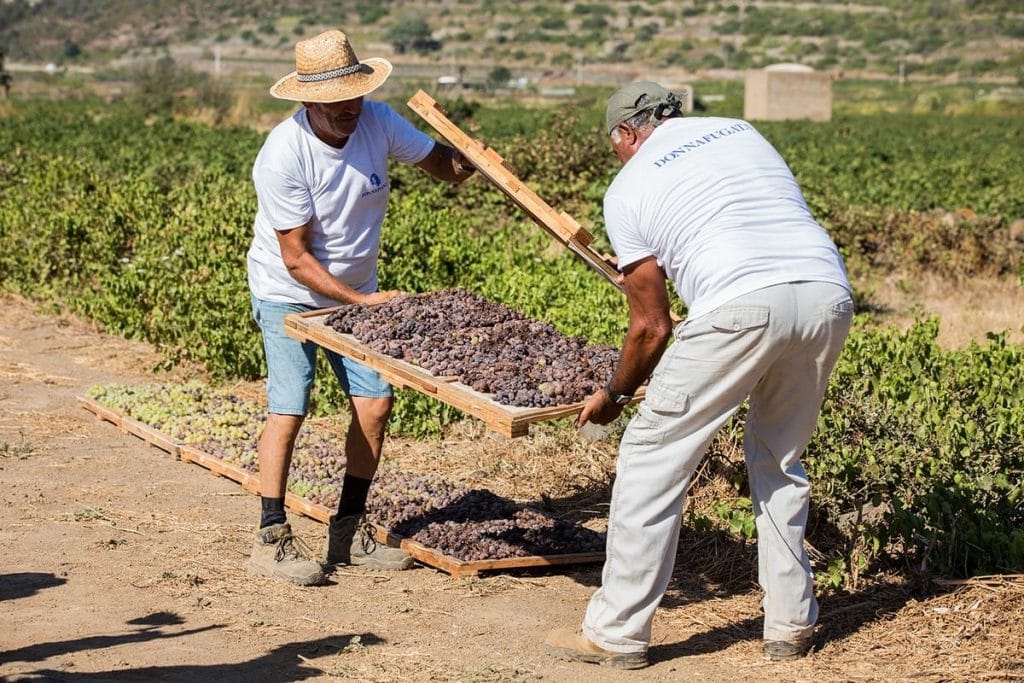
The Pantelleria DOC regulations
Since 1971, Passito di Pantelleria has been regulated under the Pantelleria DOC, with strict rules requiring production exclusively on the island and using 100% zibibbo grapes. The grapes must be grown and vinified on Pantelleria, including the drying process, while bottling may be allowed off the island only for companies that can prove they had already been doing so before the regulations came into effect.
The regulations specify that drying can take place "wholly or partially in the sun," meaning that wineries can either dry all the grapes before vinification or dry only part of them and add them to the must (before fermentation) obtained from fresh grapes harvested in the same vintage.
The crucial point concerns the drying method: the regulations mention "protection of the grapes from possible bad weather" but do not explicitly state whether greenhouses are permitted or not. The most common practice involves using drying racks covered with nets, but in the case of Donnafugata —one of the island’s most renowned wineries—larger, well-ventilated structures are used (the very ones under scrutiny by Report).
According to the regulations, Passito di Pantelleria cannot be sold before 1st July of the year following the harvest and must have at least 14% alcohol by volume (with a potential alcohol level of 20%).
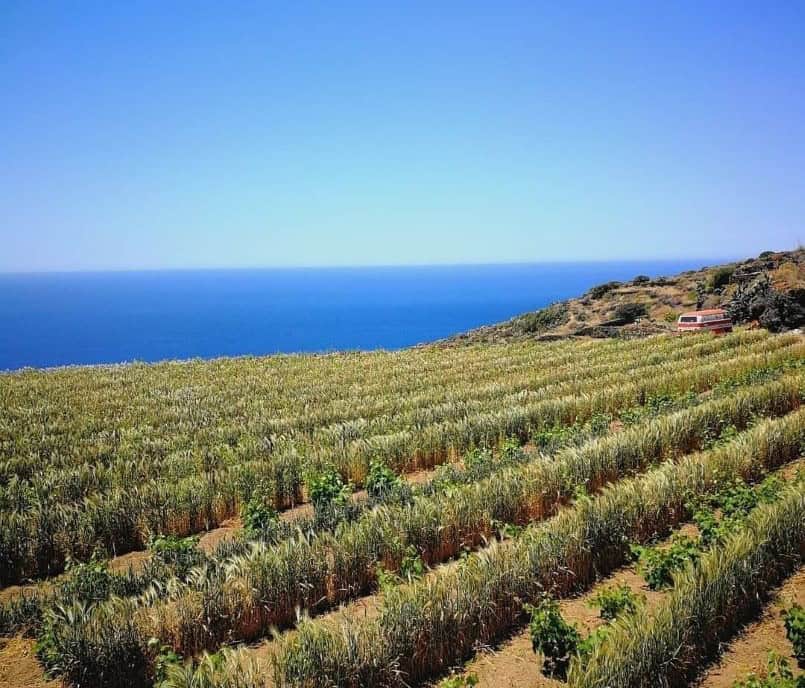
The Alberello Vine training system and heroic viticulture
In 2014, UNESCO recognised the alberello vine training system of Pantelleria as an Intangible Cultural Heritage of Humanity. This cultivation method, adapted to a challenging environment, is unique in the world: the vines are grown in hollows dug into the ground, below sea level, to protect them from the strong scirocco winds and sea salt while retaining moisture. Vineyard work is entirely manual and requires three times the effort compared to viticulture on the mainland. Each plant produces very little fruit—about 1.5 kg per vine—resulting in a maximum yield of 10 quintals per hectare, significantly lower than the 70-120 quintals common in other wine-growing regions.
Passito di Pantelleria vs. Fortified Passito
Report’s investigation then focused on another issue: the distinction between Passito di Pantelleria and Pantelleria Passito Liquoroso. The former, more prestigious, is made through natural sun drying, while the latter may involve "natural drying or controlled environments," such as ovens that speed up the process. This difference is crucial as it affects both the quality and the final price of the wine.

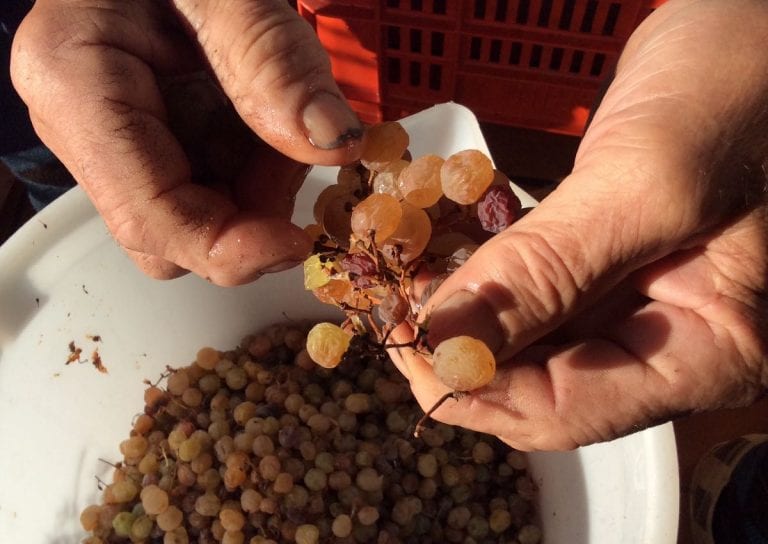
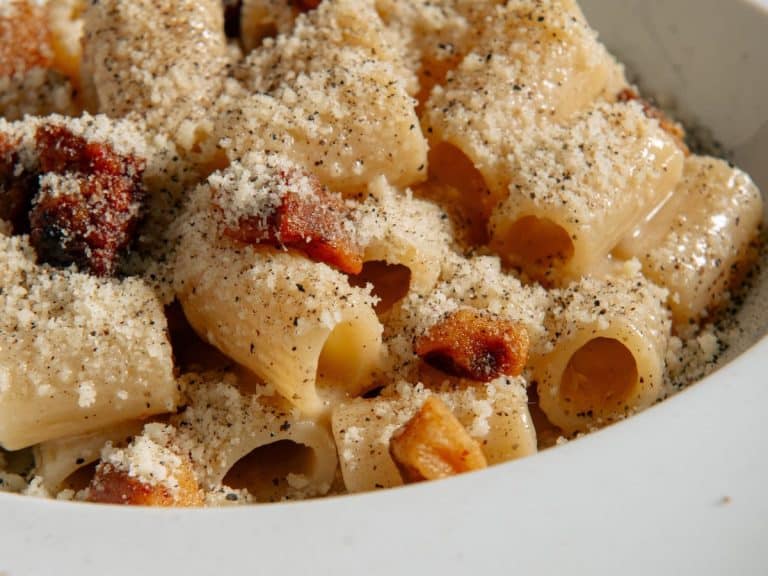 One of the best Carbonaras in Rome is made by a trattoria that offers more than just traditional cuisine
One of the best Carbonaras in Rome is made by a trattoria that offers more than just traditional cuisine The 7 best Salice Salentino reds chosen by Gambero Rosso
The 7 best Salice Salentino reds chosen by Gambero Rosso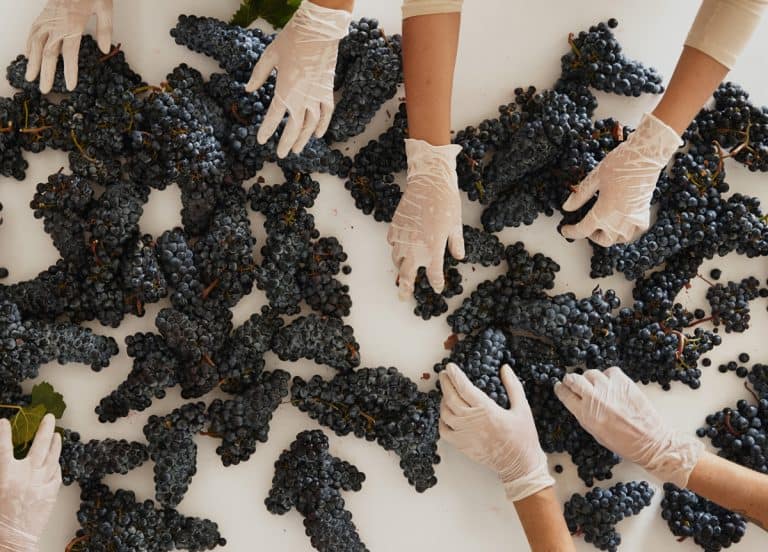 The second life of Tuscan Merlot: the wine successfully challenging climate change
The second life of Tuscan Merlot: the wine successfully challenging climate change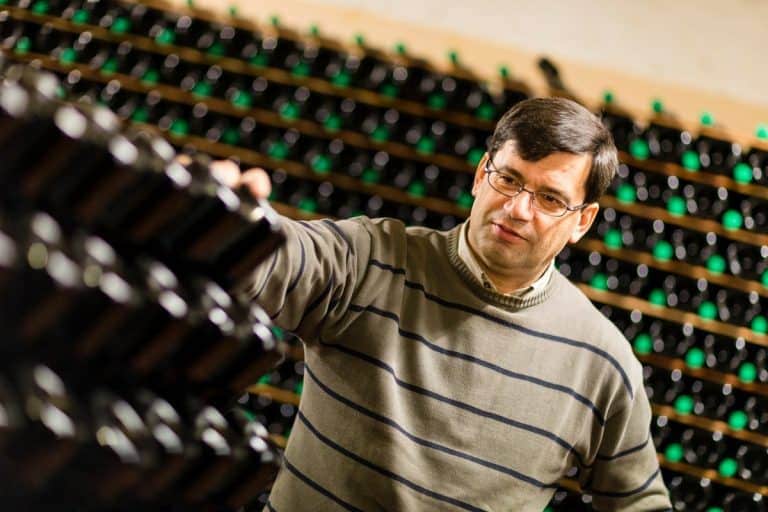 The best still wine from Alto Adige with the best quality-price ratio is produced by a historic winery famous for Its sparkling wines
The best still wine from Alto Adige with the best quality-price ratio is produced by a historic winery famous for Its sparkling wines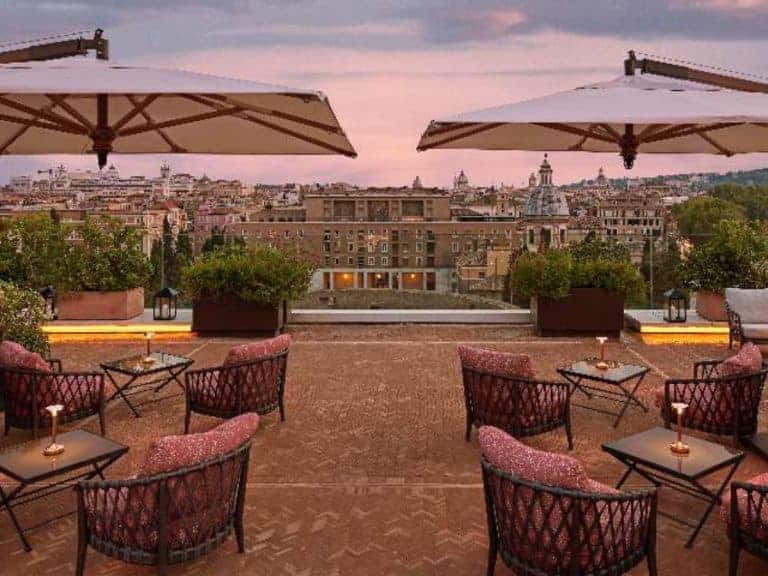 Travel + Leisure bets on Italy: introducing the new magazine for curious travellers
Travel + Leisure bets on Italy: introducing the new magazine for curious travellers